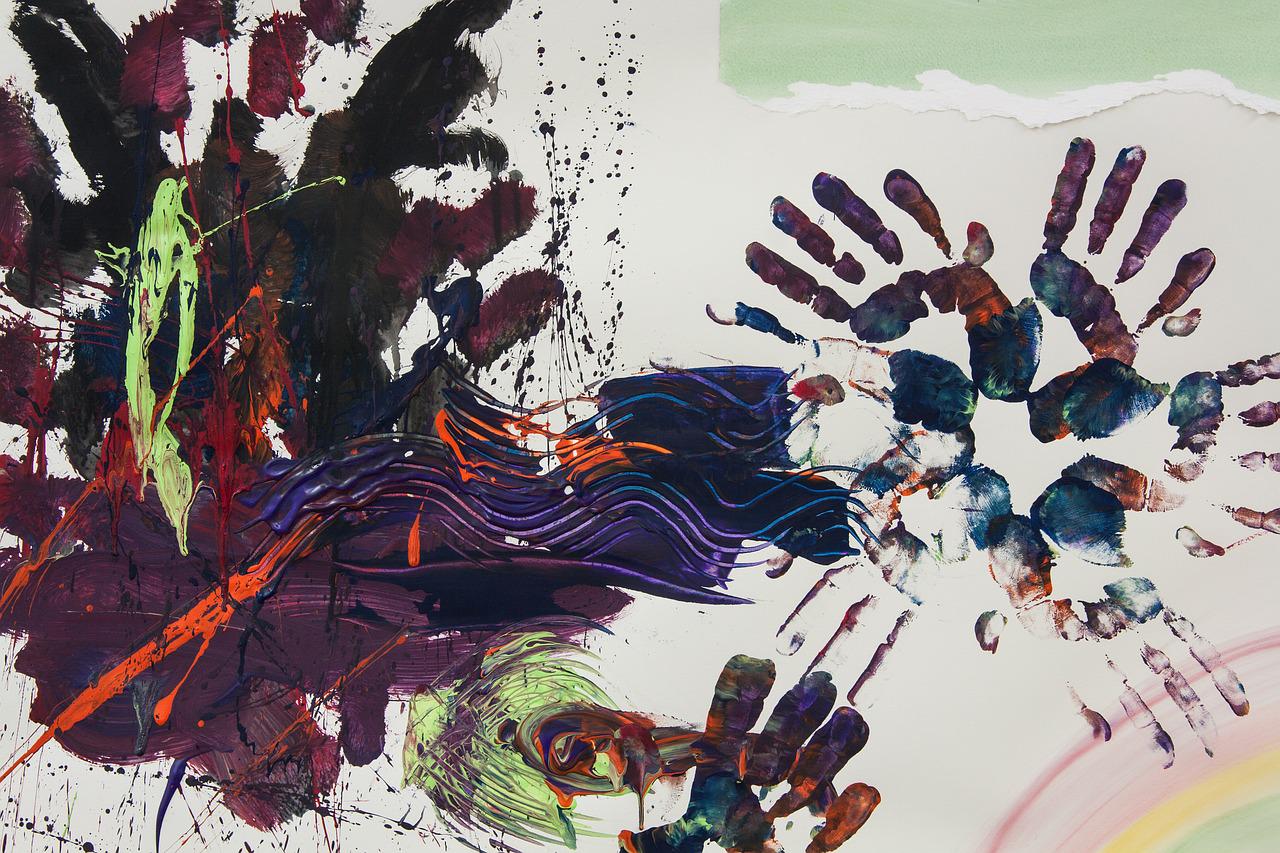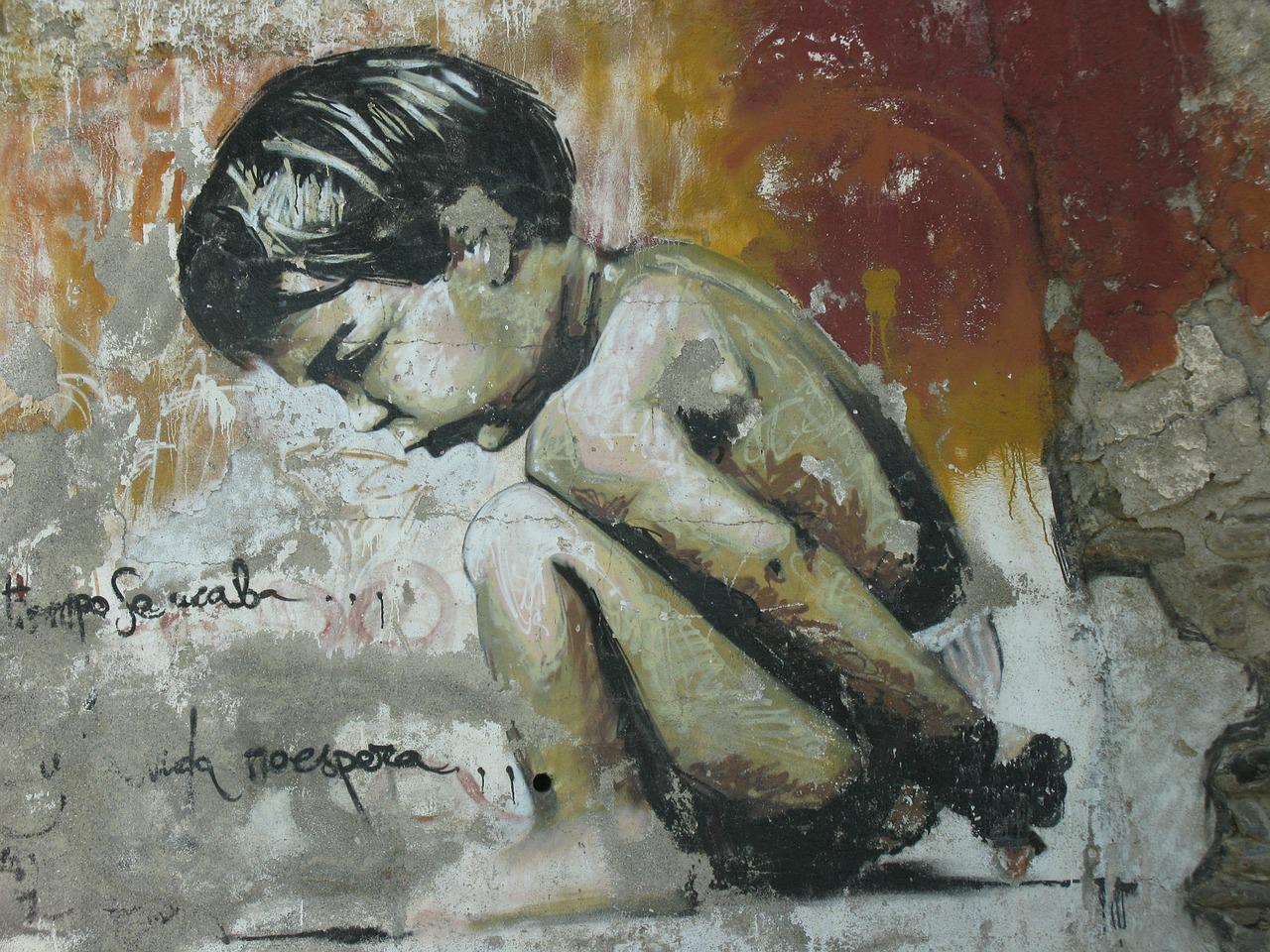
What is the Most Popular Painting Style Over the Centuries?
Hearing the word change creates ambivalence for many people. Oftentimes, change creates fear and discomfort because some people do not know the necessity for change. We associate it with the inconvenience and adjustment it entails. However, change is good, and the art landscape is here to prove why.
The contemporary art landscape should use the complexity of the dynamic evolution in art trends and art movements. Accordingly, the changing trends in the art industry show human progress and development; as humans, we do not stagnate and stay in one place. Instead, we evolve and continue to discover, explore, and improve. When studying art history, we noticed that an art movement doesn’t last for long– the ever-changing taste of people, emerging techniques, and evolving culture and society are some of the factors why painting styles come and go.
However, it is worth noting that just because an art style died down doesn’t mean that it’s forever dissolved. Rather, it is an indication of a new art form better suited for the preferences and needs of the people. In short, when one painting style “dies,” it paves the way for the birth of a new one. So, in this article, let’s discuss what is the most popular painting style over the centuries. If you wanna learn the answer to satisfy your curiosity, keep on reading this article to learn more!

Art has existed for as long as humanity has lived. It has been a way of life– a mode for communication, recording and preserving history, and a means for self-expression to convey feelings and emotions.
One might ask, what is the most popular painting style? Well, such a question is not that easy to answer because there is no single definitive answer to this.
What is the Most Popular Painting Style During…
Pre-historic Period
While formal art movements didn’t exist during this era, the prehistoric period had some artworks that are worth mentioning. Though form and beauty were not ideal at the time, they paved the way for the development of arts in the first place. Of course, the most popular painting style at the time was cave paintings.
People flock to caves all around the world not just to feel the calming and serene feel of the place, but to also see and examine some of the world’s oldest artworks made from naturally-occurring pigments and natural resources dated to this period. While there are still many cave arts that are yet to be discovered, experts have noted that there are about 400 cave sites with prehistoric artworks in them, usually in the form of hand stencils, primitive human depictions, and animal drawings.

Classical Antiquity Period
For nearly 1500 years, the Greeks and Romans dominated civilization and the art landscape in terms of influencing the ideals of form and aesthetics as well as the way our ancestors created art. However, it was the Greeks who truly made their mark. The Classical Antiquity era marked the birth of culture and civilization in the West as well as the idea of schooling or education.
Different art forms emerged during this period other than painting, including architecture, sculpture, metalwork, and pottery. While the term classicism wasn’t used until the 17th century to refer to Greek and Roman arts as well as the aspiration for their aesthetic ideals, this was, of course, the most popular painting style during the period.

The Middle Ages
Iconography, fresco, and panel painting are the three primary categories of medieval art. Catholic iconography was a popular form of medieval art that depicted holy people, as well as heaven and hell and other religious notions, during the Middle Ages.
In terms of the distinguishable features of the painting, the majority of the artworks at the time were gilded with gold and the image itself is flat and not as visually appealing as compared to the other painting styles of the succeeding centuries. Various medieval painting styles were popular during various periods of medieval history. The earliest is known as the Byzantine Style, and it is characterized by the portrayal of sacred figures such as the Holy family (Mary, Jesus, and Joseph) as well as Catholic saints and biblical figures like St. Joseph and St. Paul.

The Renaissance
Considered the Golden Age of Art where the historical rebirth of ideas of the period of classical antiquity took a turn, the Renaissance is known for hundreds, if not thousands, of paintings and artists who changed the way we create and look at art forever.
The most frequent type of Renaissance painting was fresco, or murals painted on wet plaster. Pigments were combined with water and applied directly onto the wall for frescos. Some painters did, however, paint on wood with tempera paints, which are dyes that employ egg yolk as a binder. Realistic artworks were the nom and ultimate aesthetic ideal during this era where Mannerism, in which a feeling of drama pervades the art and captures movement, emotions, and gestures, was the most popular painting style at the time.

17th Century
In the 17th century, Classicism reigned supreme in France and England, while Baroque reigned supreme in Italy, Spain, and northern Europe, where painters practiced a Baroque style combined with a newfound sense of realism and humanism. The Baroque cultural trend, which originated in Italy in the 17th century, is connected with Baroque artwork with a wide range of art styles.

18th Century
The 18th century was the time of the age of Enlightenment which also witnessed one of the most historical revolutions that changed geopolitics since then–the French Revolution. At the same time, it was also an important time in art history when we witnessed various artistic movements and styles emerge.
Accordingly, the most popular painting styles associated during this era were Rococo and Neoclassicism, two styles connected with the time, and the painters most typically associated with them include Jean-Honoré Fragonard, Jean-Antoine Watteau, and Jacques-Louis David.
Rococo is distinguished by its soft hues and curving lines, and it shows images of love, nature, passionate interactions, light-heartedness, and youth while Neoclassicism is known for its clearness, and somber hues, small space, and strong lateral and vertical lines make the subject matter ageless.

19th Century
The most popular painting style during this century was Impressionism which received plenty of criticism and harsh comments at the time despite its popularity and appeal. This art style is distinguished by comparatively small, slender, yet noticeable strokes, outdoor subject matter, a focus on the accurate portrayal of light in its changing qualities (often emphasizing the effects of time), normal theme, unconventional visual angles, and the incorporation of motion as a vital component of human views and experiences.

Modern Era (20th and 21st Centuries)
Both the 20th and 21st centuries witnessed a very volatile and fast-paced landscape in the art world. The 20th century until this day witnessed so many art movements and styles to the point that it’s quite difficult to distinguish which is the most popular painting style. However, one of the most notable styles of the 20th century was Cubism which was founded by George Braques and Pablo Picasso.
As a movement, it had a global impact, influencing comparable schools of thought in writing, performance, and architecture. Moreover, non-representational art, particularly abstract expressionism, was also prevalent. Artists such as Jackson Pollock, Mark Rothko, and Willem de Kooning made it into the artistic spotlight.
On the other hand, the 21st century witnessed a different turn in art trends where digital art became the most popular painting style. So far, computer-generated art has been one of the distinguishing themes of the twenty-first century. Whether it's advertising design, TV, interactive media, or commissioned work for an art gallery, these artists, like generations of traditional artists before them, are pushing the bounds of their capabilities.






